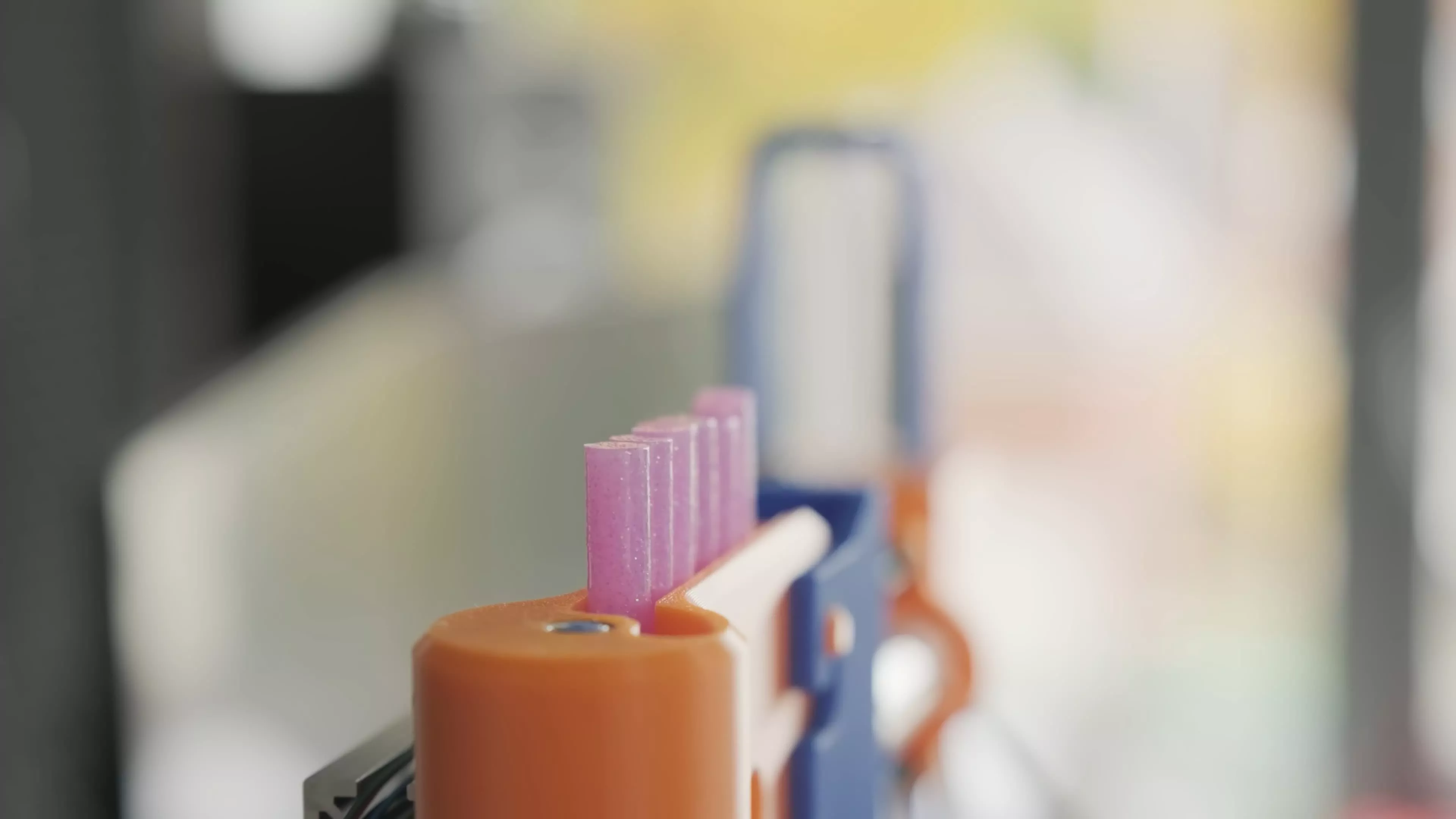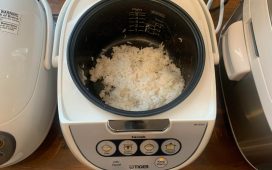In context: Several recent experiments have broadened the potential applications for 3D printing. Although most users wouldn’t consider hot glue a viable building material, it has important similarities to other compounds. Designing a workable hot glue 3D printer might solve problems that prevent using different alternatives.
3D printers are sometimes compared to hot glue guns, in part because of similarities between hot glue and printer filament. However, analyzing the mechanical obstacles that complicate printing with glue could open doors for other materials. Engineer Jón Schone recently demonstrated these issues in an experiment that, following much trial and error, converted a hot glue gun into a 3D printing extruder.
Like the filaments commonly used in 3D printing, hot glue can transition from liquid to solid without altering its composition. Although Schone’s experiment encountered problems determining the proper heat levels for glue versus filament, feeding the material into the printer became the real challenge and arguably the project’s most important revelation.
Glue could theoretically be spooled like typical printer filament, but the sticks used in glue guns can support simpler mechanisms and apply to materials usually considered too soft, flexible, or brittle for 3D printing. For example, designing a process for feeding sticks into a printer might allow someone to create a chocolate 3D printer.
Schone’s solution involved building a belt-feeder that automatically drops sticks into the extruder when a sensor detects that a new one is needed. Eventually, he could reliably print objects like a model boat or large letters from glitter glue in various colors.
Printing with the glue involved designing a new extruder around the repurposed barrel of a cannibalized hot glue gun. However, after navigating mechanical, electrical, and software problems, Schone gave up trying to reinvent the wheel and redesigned the extruder by building a modified copy of the original glue gun’s casing.
The experiment could contribute to recent advancements in 3D printing. Earlier this year, researchers demonstrated the viability of an alternative printing material that can dissolve in water. This could broaden options for bio-delivery systems and make more sustainable 3D printing materials available.
Additionally, astronauts recently 3D printed metal components in space for the first time. Learning to manufacture metal objects from scratch in microgravity could make long-distance manned missions far more self-sufficient.
Meanwhile, another group of researchers recently stumbled onto a low-cost method for 3D printing circuit boards for certain electronic devices.









